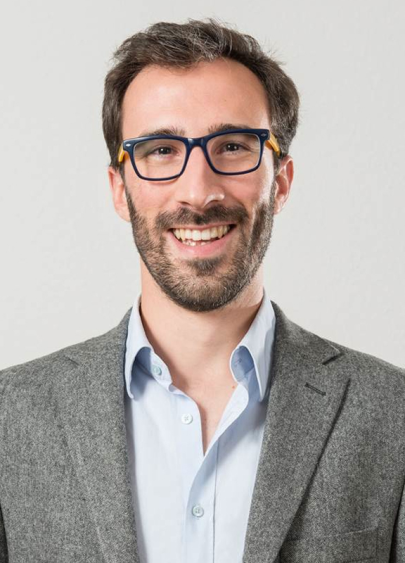Hervé TurlierCentre interdisciplinaire de recherche en biologie (CIRB) - CNRS / Inserm / Collège de France
Mes recherches
Dans ma recherche je combine modélisation physique et modèles numériques pour comprendre comment les cellules s’auto-organisent pour former un embryon précoce à partir d’une cellule œuf unique. Après une thèse à l’Institut Curie sous la direction de Jean-François Joanny et Jacques Prost sur la physique de la cytokinèse (2010-2013), j’ai réalisé un post-doctorat au Laboratoire Européen de Biologie Moléculaire (EMBL) entre 2014 et 2017 sur la modélisation des premières étapes de la morphogenèse dans l’embryon de souris, entre les équipes de François Nédélec et Takashi Hiiragi. En 2017, j’ai créé au Collège de France, avec le soutien de l’ATIP-Avenir, une nouvelle équipe sur la « Physique multi-échelle de la morphogenèse ». Nous nous intéressons aux processus morphogénétiques de l’échelle moléculaire à l’échelle multicellulaire, en se concentrant actuellement sur la mécanique de la surface des cellules, qui contrôle leur forme et sur la réalisation de ponts quantitatifs entre ces échelles grâce à des simulations numériques et théories physiques. Le but ultime de notre recherche est de prédire comment les perturbations à l’échelle moléculaire, échelle privilégiée de contrôle biologique, modifient l’auto-organisation et finalement la forme d’embryons précoces.
Mon projet ATIP-Avenir
Multiscale modeling of cell & embryo morphogenesis
The development of new physical approaches and advanced computational tools has become absolutely necessary to describe quantitatively the shape and dynamics of cells, and to understand, ultimately, how their morphology controls biological function. My project consists in a coherent and insightful modeling strategy, at the interface between cell and developmental biology, physics, and computer science to characterize morphogenetic processes from the subcellular to tissue scale. The shape of cells is determined by the mechanics of their actin-myosin cortical surface, which is tightly controlled in space and time. Since this regulation takes place at the molecular level, bridging microscopic and macroscopic scales is critical to make mathematical models directly comparable to experiments. The 1st axis of my project will use agent-based simulations of actin-myosin networks to precisely relate coarse-grained descriptions of the cortex with the microscopic properties of its constituents. In a 2nd axis I will design a generic computational model of cell shape dynamics in 3D, combining precise cell cortex mechanics with reaction-diffusion of signaling molecules at the membrane, in order to characterize essential cellular processes such as cell division and polarization. In a 3rd axis, the previous modeling framework will be generalized to multicellular systems and combined with simple gene regulatory networks to understand the minimal self-organization principles driving the early development of embryos. By filling the gap between molecules, cells and tissues, my project will provide the critical theoretical concepts necessary to understand morphogenesis across spatiotemporal scales.
